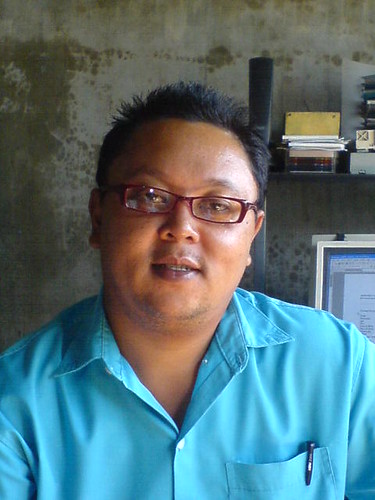
“A picture paints a thousand words…”
Yes its true, “A picture paints a thousand words…” last night was the second day of the eLearning session where I was attending. Again, sir Ray presented several topics. Let me just share on my very important learning acquired in these series of eLearning sessions.
First learning I have is on a picture or what we call images as we call it. A simple yet very important thing to be reminded of. Yes, images or pictures is very important within a story. Well, almost everybody knows that of course but one thing that strikes me most is that not everybody knows that images’ role in the story is just as good as how it goes along with it. Yes, a picture or image should always connect to the facts of the story.
It was a very enjoyable moment while sir Ray was trying to convey all of us with this thoughts. He made used of series of sample slides that really caught each and everyone’s attention.
So what’s the real point presented in here as far as I could understand it? Well, it shows several points to consider in eLearning;
1. It is important to engage learners not controlling them or manipulating in such a way the lecturer would want – this is very true. I’ve been a witness with these in attending several staff development programs.
2. In eLearning, Learners should control the learning



